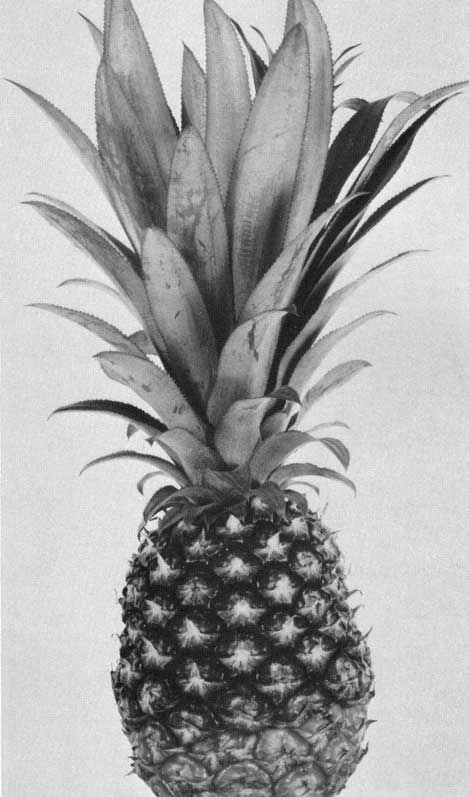Production
of Major Fruits
|
Estimating production of most fruits is difficult,
for very important fruits are produced in quantity in dooryards throughout
the Tropics, where they are both used and wasted extensively. Statistics
are often meaningless except for fruits that are widely exported. It is conventional
to rely on statistical data developed by the Food and Agriculture Organization
(FAO) of the United Nations as the most reliable data available, but the
limitations should be recognized. The fairly recent statistics below show
the comparative productions of some of the best fruits from the Tropics and
Temperate Zone.
For the majority of the tropical fruits no production
statistics are available.
On the basis of FAO data, and probably also when backyard consumption is taken into account, the most important of the tropical fruits is the banana. In spite of its soft structure and poor keeping qualities, the banana is widely known by many millions of persons who have never seen a banana plant (fig. 6). Bananas are produced in almost if not all tropical countries and are extremely widely adapted and versatile. The bananas seen in the Temperate Zone, represent only three to four varieties of the dozens of banana varieties known in the Tropics. |
Very close to the banana, or even surpassing if
in pro-duction when taken together, the citrus fruits are extremely important.
A good proportion of these are produced in subtropical and even in temperate
climate. The versatility of the genus is such that Japan is a major producer
of tangerines, and Italy of lemons. There are few households throughout the
world that have never known a citrus fruit.

Figure 8.-Pineapple, variety Sugar Loaf, a great fruit everywhere. |